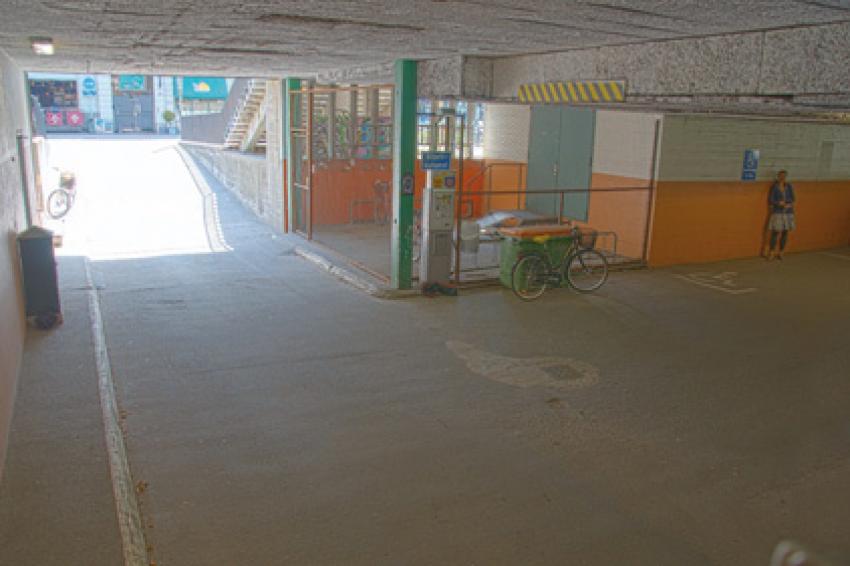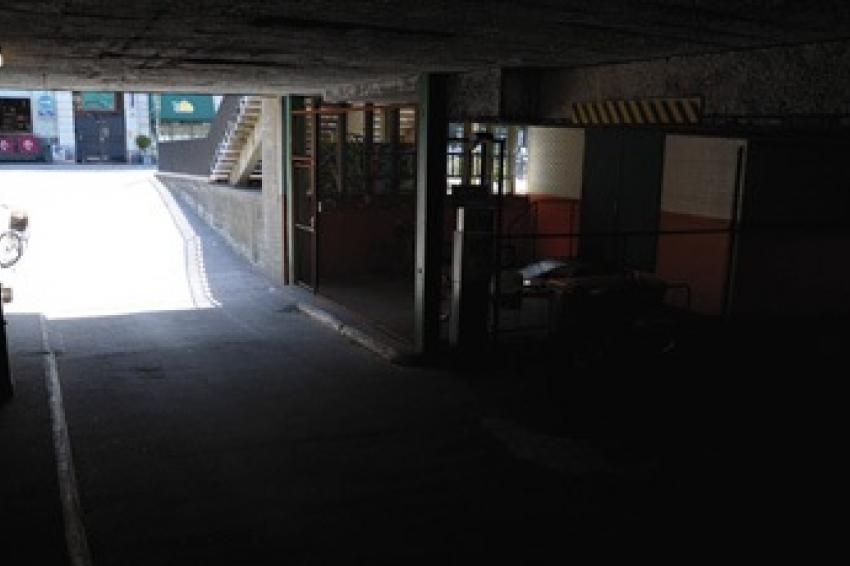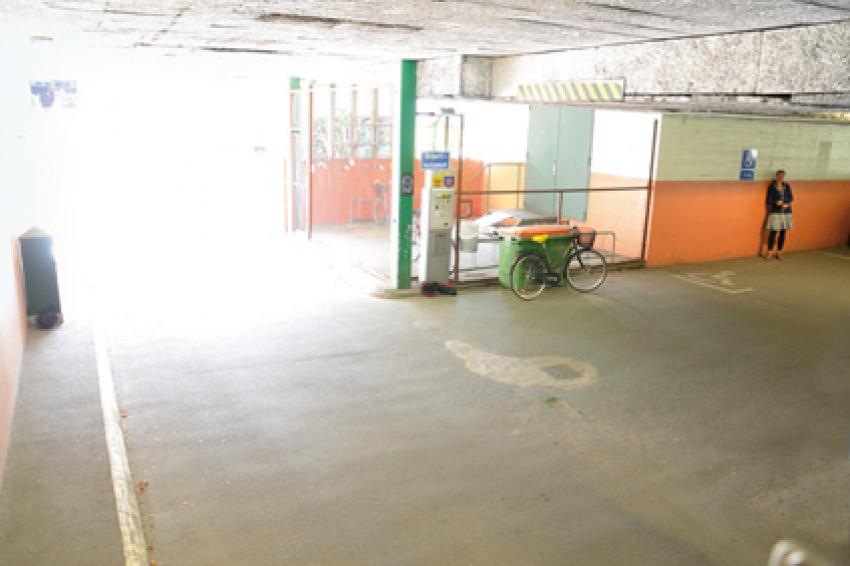Tunnel Security: Addressing Lighting Challenges for Optimum Surveillance
21.01.2013 - The article will look at the harsh environment of tunnels and how best to utilise IP surveillance cameras that encompass Lightfinder technology. Providing a clear, colour image to ...
The article will look at the harsh environment of tunnels and how best to utilise IP surveillance cameras that encompass Lightfinder technology. Providing a clear, colour image to aid in recognition and identification of objects, even in low-light, has seen analogue cameras lose their last advantage over IP cameras. The article will look into the following factors to obtaining high image quality; reliable installation, seeing in the dark and providing good images where there is a contrast between light and dark.
Easy and Reliable Installation Is Key for Good Image Quality
Tunnels are bottlenecks in the traffic system: often humid, dirty and with typically very cramped environments. Installation of cameras needs to be very quick to minimize the disruption of traffic and the time installers spend in potentially dangerous environments. On the other hand, a camera needs to be carefully mounted and configured to deliver to its full image quality potential. It is vital to work with technology that can be installed in a matter of minutes. In an ideal scenario a camera's technology will allow a lot of the configuration to be done outside the tunnel or even from the comfort of a control center: this includes remote zoom to select the right field of view, remote focus to set sharpness and pixel counter to ensure optimum resolution.
Many Ways to See in the Dark
Naturally, tunnels can be very dark environments. It is often not economical, or even possible, to have bright lights in tunnels, which is what many cameras need to deliver good image quality. Surveillance cameras traditionally switch to black and white when light drops below a certain level. Axis' Lightfinder technology however delivers good quality color images, even in very low light situations. This is ideal for security installations that require color for recognition and identification. The noise reduction of the Lightfinder technology is vastly improved compared to the analogue cameras on the market, which in combination with the light sensitivity of the sensor gives a superior image quality with smooth, clear video of moving objects, surpassing any advantage analogue cameras had.
In other instances it is more useful to complement the cameras with infrared (IR) lights. IR lights require no light at all in the tunnel to work, and even though a camera with IR lights only delivers black-and-white pictures, the pictures can offer great contrast and very low noise. If the camera needs to see over long distances in darkness, a thermal network camera could be a better choice; it typically delivers less detail than a traditional camera, but can detect people and other objects from great distances of several kilometres away.
Blinded by Bright Lights
Sometimes, it is not the darkness that is the problem, but the contrast between dark and light areas. Many cameras struggle to deliver good images in situations with strong backlight or a lot of reflections. This is a common problem in tunnels, where tunnel openings are very bright while the tunnel walls are dark. A similar situation appears for example when a train approaches with strong headlights inside a tunnel. Most cameras cannot handle these great differences in light levels and as they try to compensate for the strong light in one part of the scene, other parts will become dark, blocking out any image details. Axis offers cameras with wide dynamic range (WDR) that are designed to handle a high range of light levels in one single image, ensuring that details are visible both in dark and light areas of the monitored situation.
The use of the latest sensor technology and continual development of smarter software, will continue to improve product development on the low-light application market.












